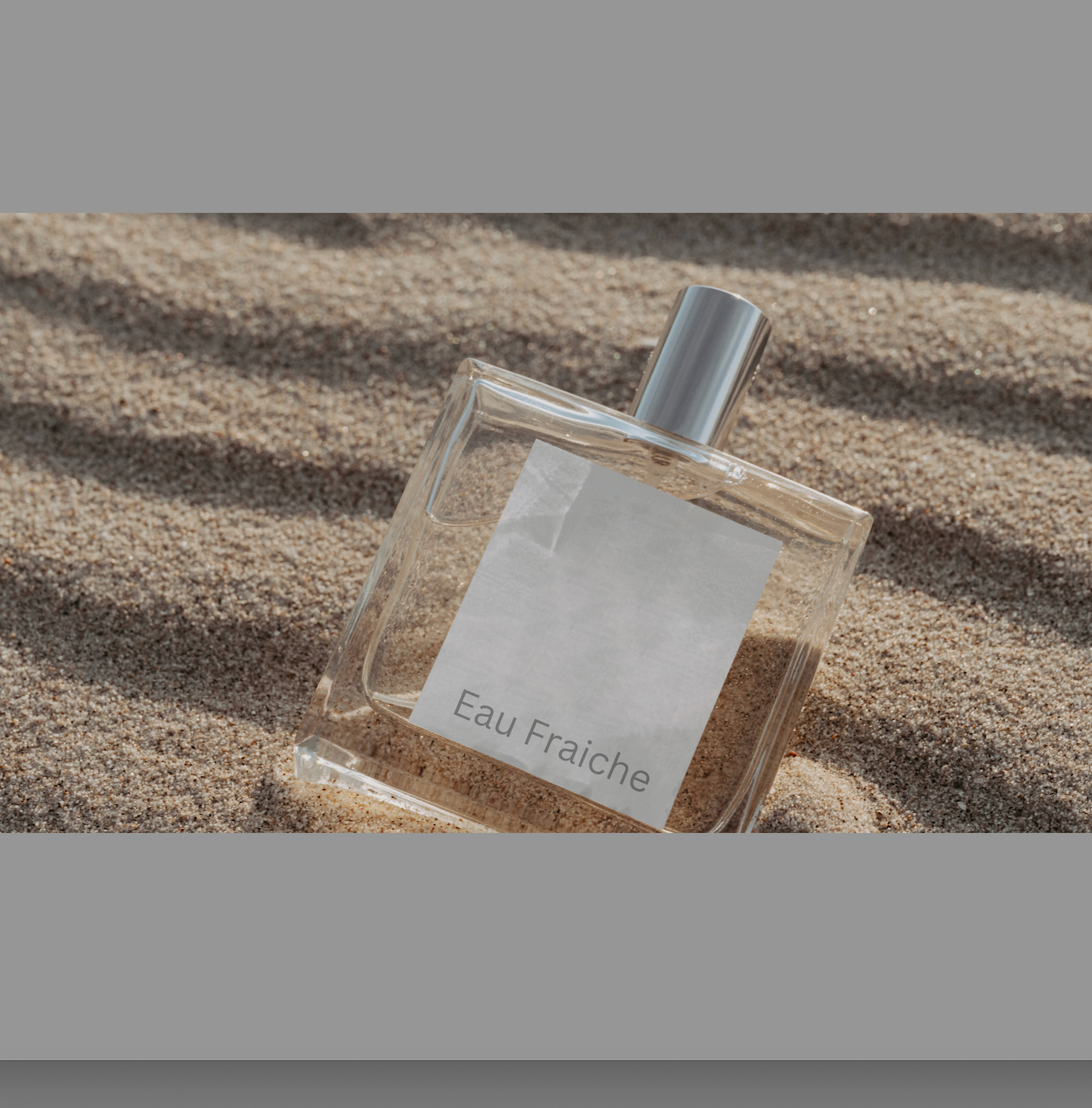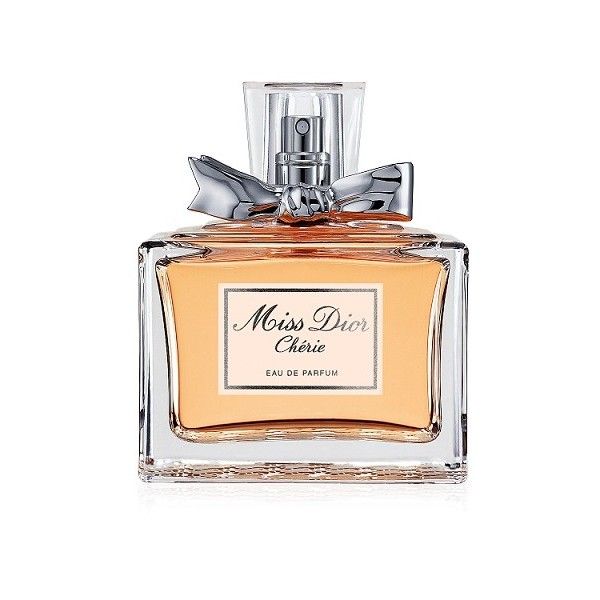
How To Remove A Perfume Stain From Clothing
Removing a perfume stain from clothing can be challenging. Perfumes often contain oils and alcohol, which can leave stubborn marks on fabrics if not treated properly. Whether it’s a splash from “over application” or an accidental spill during a morning routine, a perfume stain doesn’t have to mean the end of your favorite outfit.
This guide will walk you through several effective methods to tackle these stains, helping you restore your clothes to their original condition. From identifying the type of fabric to choosing the right cleaning solution, you'll learn how to handle perfume stains with confidence and ease.
What Causes Perfume Stains?
Perfume stains are caused by the oils and alcohol found in many fragrances. These ingredients can react with the fabric, leading to visible marks, especially on light-colored or delicate materials. Understanding the composition of your perfume and the nature of the fabric can be key to effectively addressing stains.
Types of Perfume Stains
Oil-Based Stains
Oil-based stains are the most common when it comes to perfume spills. Perfumes often contain essential oils or synthetic oils that impart scent. These oils are designed to linger on skin and fabric, which, while beneficial for scent longevity, can be problematic for fabrics.
These stains may appear darker on the fabric and can leave a slick or greasy residue to the touch.
Oil binds with the fibers of the fabric, making removal tougher, especially if not treated promptly.
The key to treating oil-based stains is to absorb the oil before it sets. Sprinkling cornstarch, talcum powder, or baking soda on the stain can help draw out the oil. Let it sit for several hours before gently brushing away the powder and treating the area with a strong grease-fighting dish soap or laundry detergent.
Alcohol Stains
Alcohol is a common carrier agent in perfumes, helping the fragrance disperse upon application but evaporate quickly thereafter. While alcohol itself might not stain, it can affect fabrics in other ways.
Alcohol can cause color fading or change the texture of delicate fabrics, such as silk, because it may alter the fabric's structure.
The damage from alcohol might not be apparent as a stain but as a dulling of color or a change in the way the fabric hangs or feels.
If the fabric is colorfast, rinsing the area with cold water immediately after the spill can minimize the impact. For textures that have been altered, professional cleaning might be the safest option. Additionally, gentle steaming can sometimes help restore the fabric’s texture.
Dye Stains
Some perfumes include dyes to give the liquid a distinctive color, which can transfer to clothing and cause staining. These stains can be challenging because the dye sets quickly into the fabric.
Dye stains appear in the color of the perfume and are more noticeable on light-colored fabrics. They are similar to ink stains in their persistence and saturation.
The dye can penetrate deeply into the fabric fibers, making removal difficult. The complexity increases if the fabric is delicate or the stain has been left to set for a long period.
Treat dye stains as you would treat any colored fabric stain. Start by blotting (not rubbing) the stain to remove as much as possible. Applying a mixture of vinegar and water can help lift the dye. For stubborn stains, a color-safe bleach may be necessary.
Always test any treatment on a hidden area of the fabric first to ensure it won't cause further damage.
Additional Tips
- The quicker you address a cologne stain, regardless of type, the more likely you are to remove it completely.
- Always test any cleaning solution on a hidden area of the garment to check for adverse effects like discoloration or damage.
- When in doubt, especially with expensive or delicate items, it might be wiser to consult a professional cleaner. They have specialized techniques and products that can remove stains without damaging the fabric.
What to Avoid
Do not expose the stained fabric to heat, such as a dryer or iron, before the stain is removed. Heat can set the stain, making it much harder to remove.
Home Remedies for Removing Perfume Stains
Using Baking Soda
Baking soda is effective for absorbing grease and odors. Sprinkle a generous amount of baking soda on the stain, let it sit for a few hours, then brush off and wash as usual.
Vinegar Solution
Mix white vinegar (one part) with three parts water. Apply this solution directly to the stain and let it sit for 10-15 minutes before laundering.
Lemon Juice Method
Lemon juice acts as a natural bleach, which is effective on light fabrics. Apply lemon juice to the stain, expose it to sunlight for an hour, then wash normally.
Specialized Cleaning Solutions
Commercial Stain Removers
Choose a stain remover which is suitable for the type of fabric and the severity of the stain. Follow the instructions on product label for the best results.
Enzyme-Based Cleaners
These cleaners are effective on protein-based stains and can be useful for removing perfume stains from natural fibers.
Detergents for Sensitive Fabrics
Use a mild detergent specially formulated for delicate fabrics to avoid damaging the material while removing the stain.
Removing Perfume Stains
Light Fabrics
Pre-treat with a mild vinegar solution, then wash with a gentle detergent at the recommended temperature.
Dark and Colored Fabrics
Test any treatment on a hidden area first to ensure it does not fade the color. Use a commercial stain remover designed for colored fabrics.
Delicate Fabrics
Hand wash the stained area with a mild detergent and cold water. Avoid vigorous scrubbing, which can damage the fabric.
Tips for Preventing Perfume Stains
Best Practices for Applying Perfume
Apply perfume before dressing and let it dry completely. Spray perfume away from clothes and onto skin or hair for best results.
- Clothing Care: Regularly check for and treat stains before they set. Following a garment’s care instructions is also crucial for maintaining its condition.
- Storage Solutions: Keep perfumes away from clothing storage areas to prevent accidental spills and exposure to vaporized sprays.
Common Issues
If a stain persists after treatment, repeat the process or consider a stronger commercial remover. Sometimes multiple treatments are necessary. For fabrics that show signs of damage, consulting a professional cleaner can prevent further harm.
Choosing the Right Perfumes
Opt for alcohol-free perfumes if you frequently notice stains on your clothes, as these are less likely to leave marks.
Takeaways
With the right approach and a bit of patience, removing perfume stains from your clothes is entirely manageable. Remember to treat stains as soon as possible and follow the steps outlined in this guide to ensure the best results.
Regular care and proper application techniques can also prevent stains from happening in the first place, keeping your garments in pristine condition.
- Price Beyond Fragrance: Demystifying the Factors Behind Luxury Perfume Costs
- Explore The Best Niche Fragrance Houses and Perfumes You Must Try
- Why is Creed Cologne So Expensive? [Facts]
- Best Le Labo Santal 33 Dupes - Find Out Why Chez Pierre's Avenue 330 Is Your Next Obsession
- Prenosiva Bočica
- Fragrance Booster
- Vanillaholic
- Madam Feather
Latest Story
Private: Najbolji Ženski Parfemi za 2025: Trendovi, Sezone, Prilike i Saveti Kako do Magične Projekcije
Miris je mnogo više od parfema – to je emocija, uspomena i lični pečat koji ostavljate gde god da krenete. U 2025. godini, svet ženskih parfema spaja tradiciju i inovaciju, donoseći kompozicije koje osvajaju srca i slave vašu jedinstvenost. Od sezonskih mirisa koji prate promene prirode, do večnih klasika koji odolevaju vremenu, svaka kap […]

Luxury within Reach: The Eau Fraiche Effect in the Cologne Cosmos

Best Dior Hypnotic Poison Perfume Dupes - Let Chez Pierre's Coconut Dream Be Your Seductive Touch

Best Miss Dior Cherie Dupes - Let Chez Pierre's Madam Cherry Unleash Your Unique Way Of Seduction

Best Creed Virgin Island Water Clones For Luxury Touch - Let Chez Pierre's Feels Like Summer Be Your Luxury Daydream
